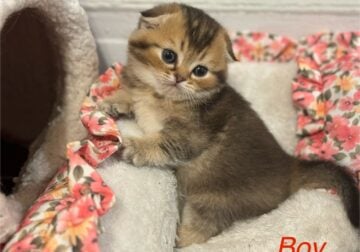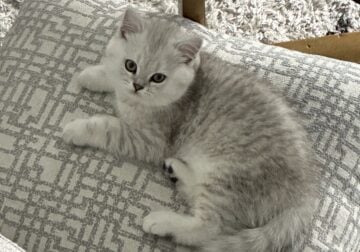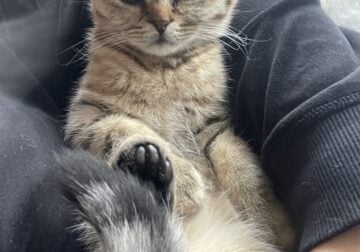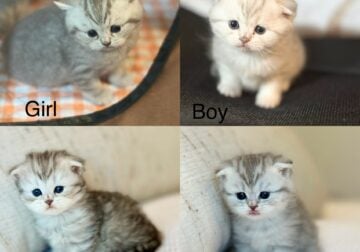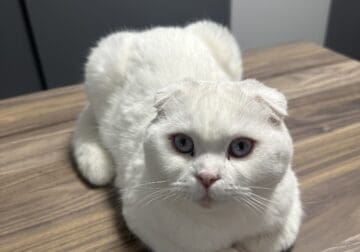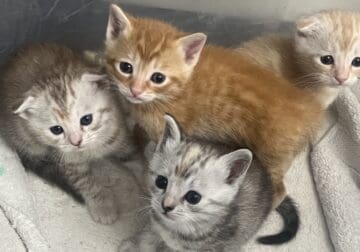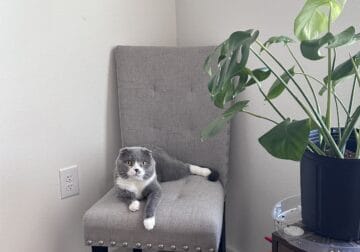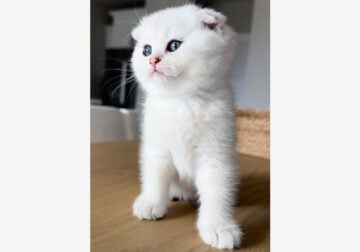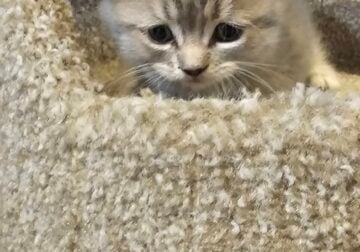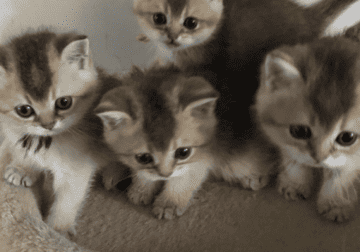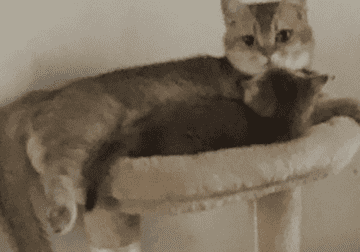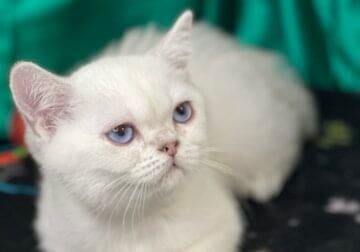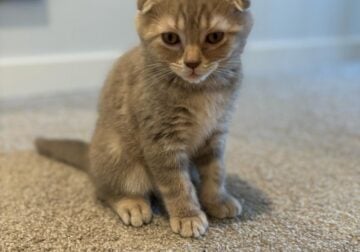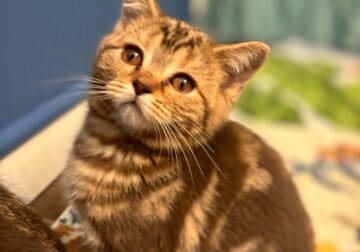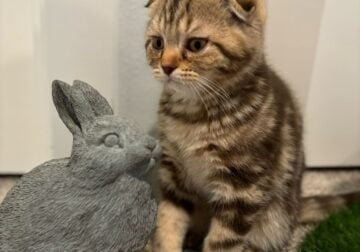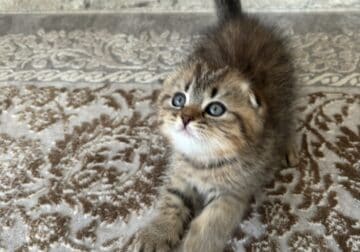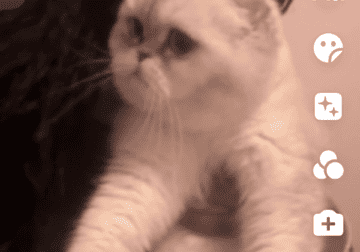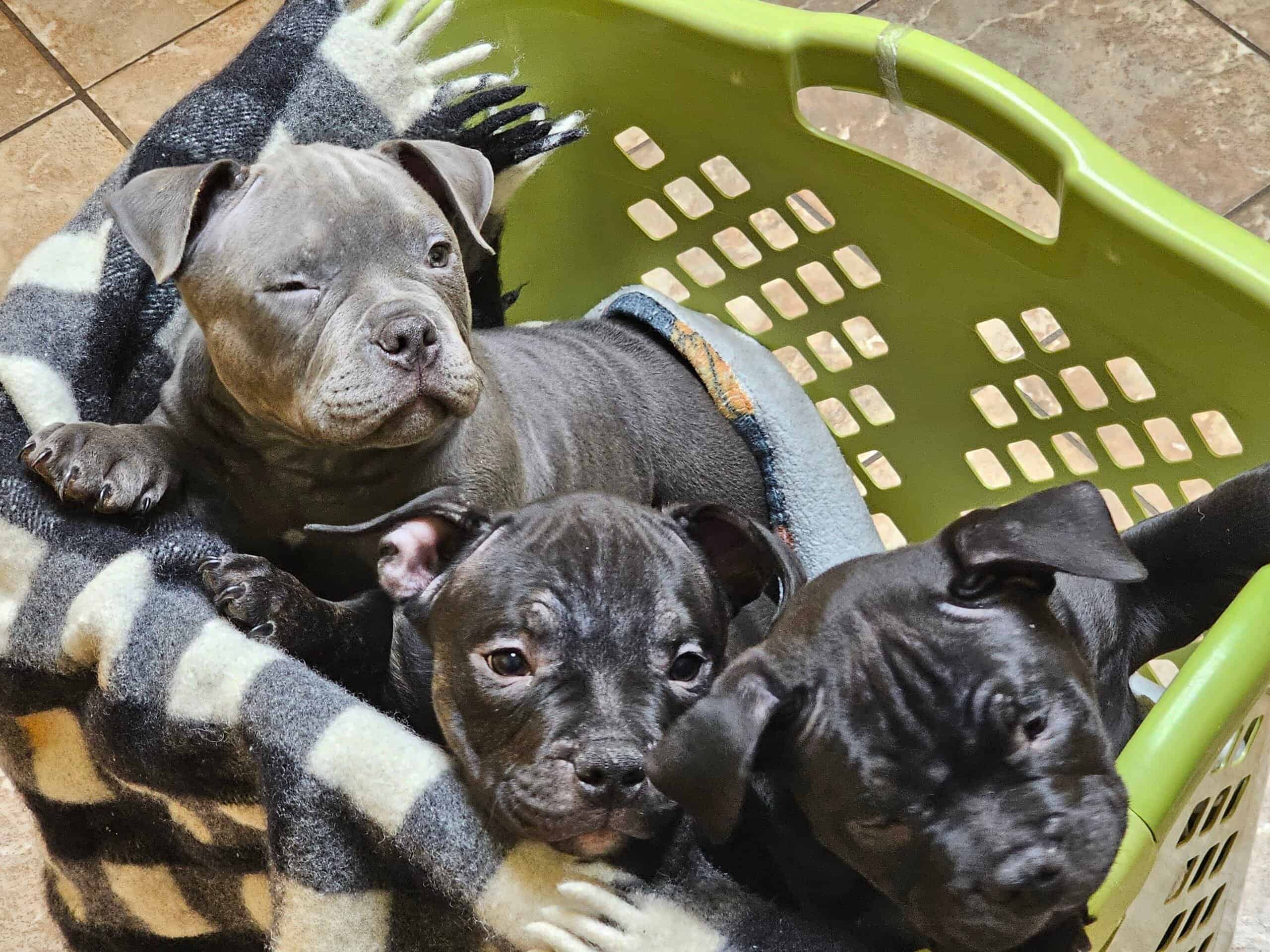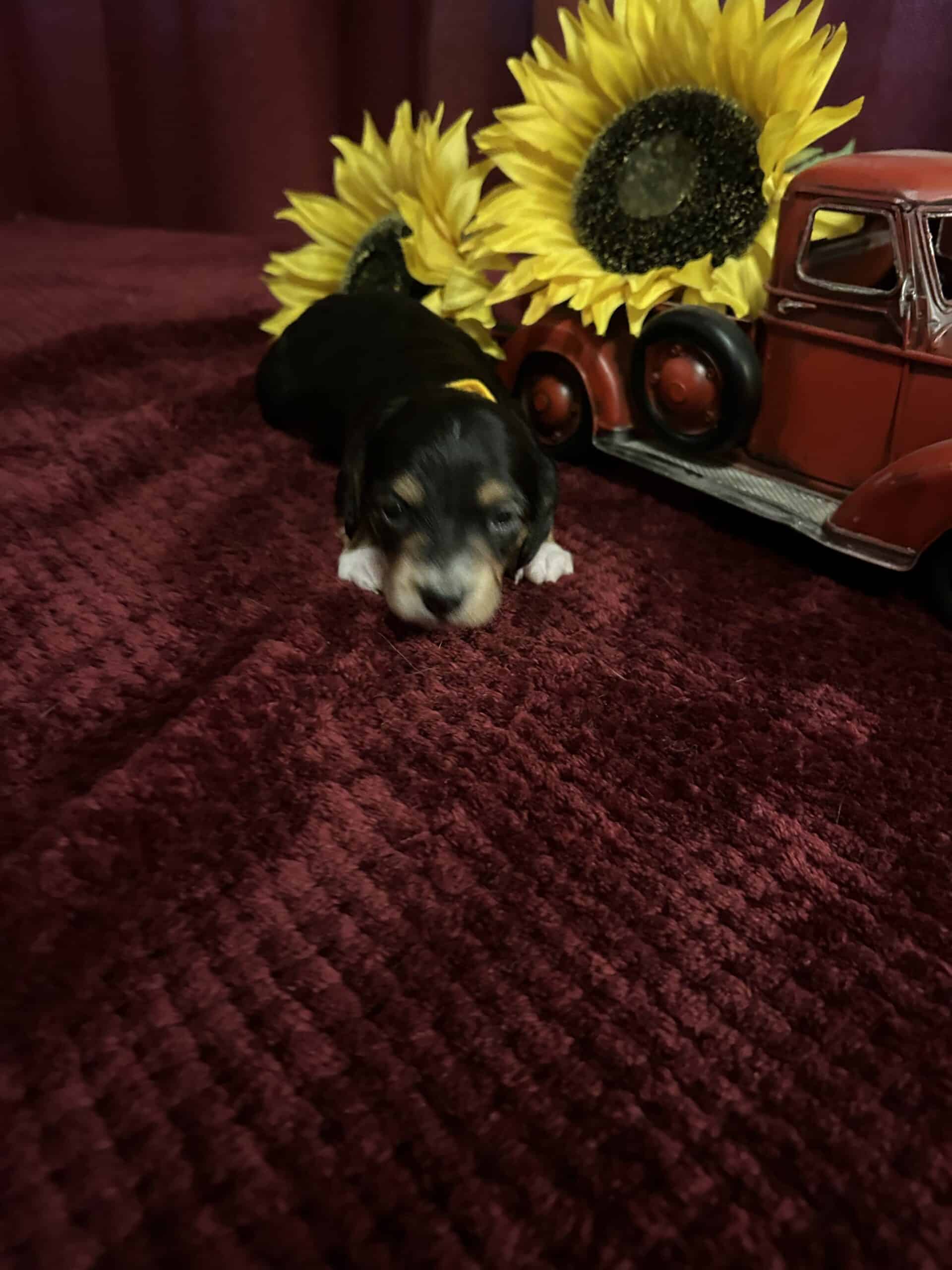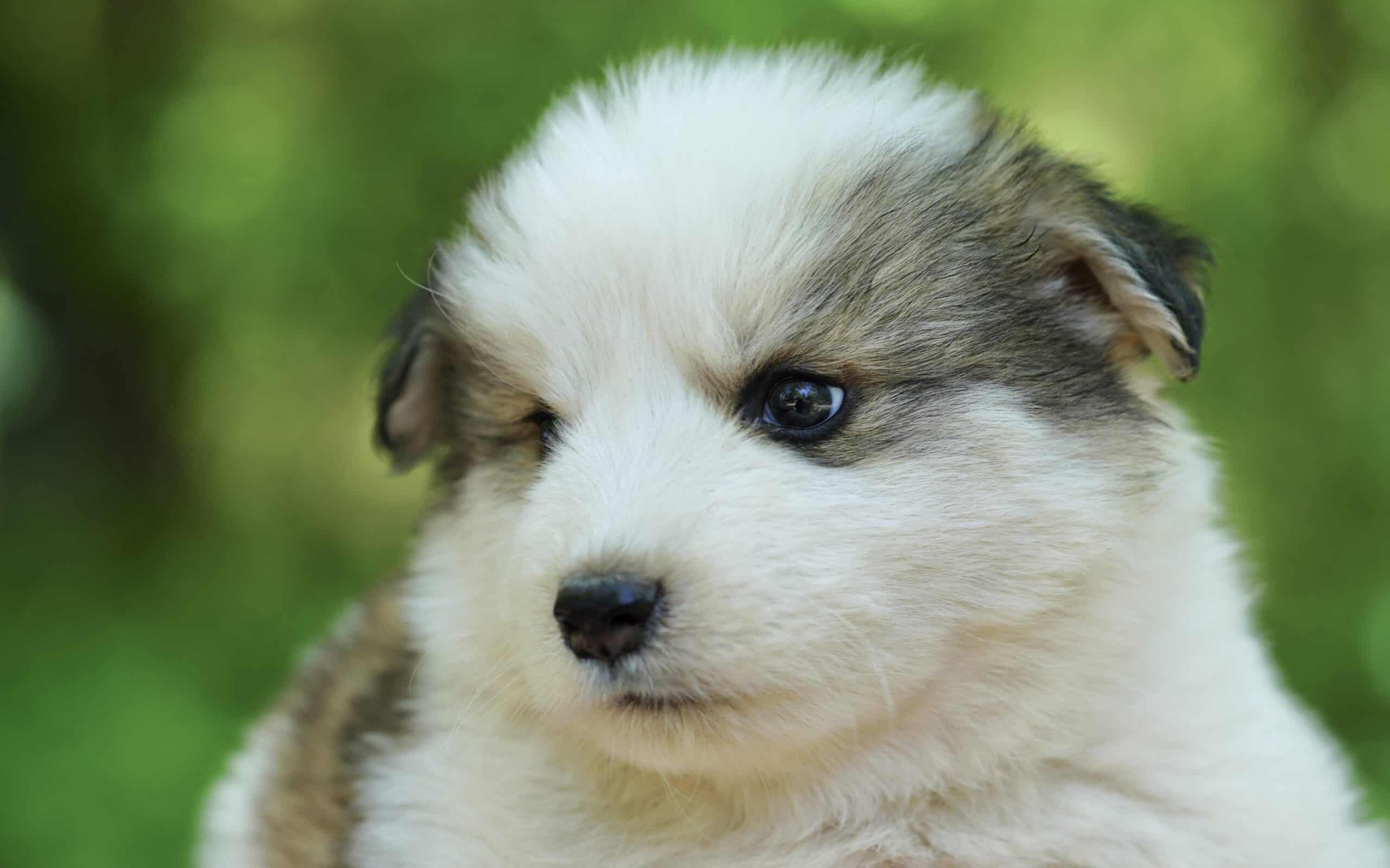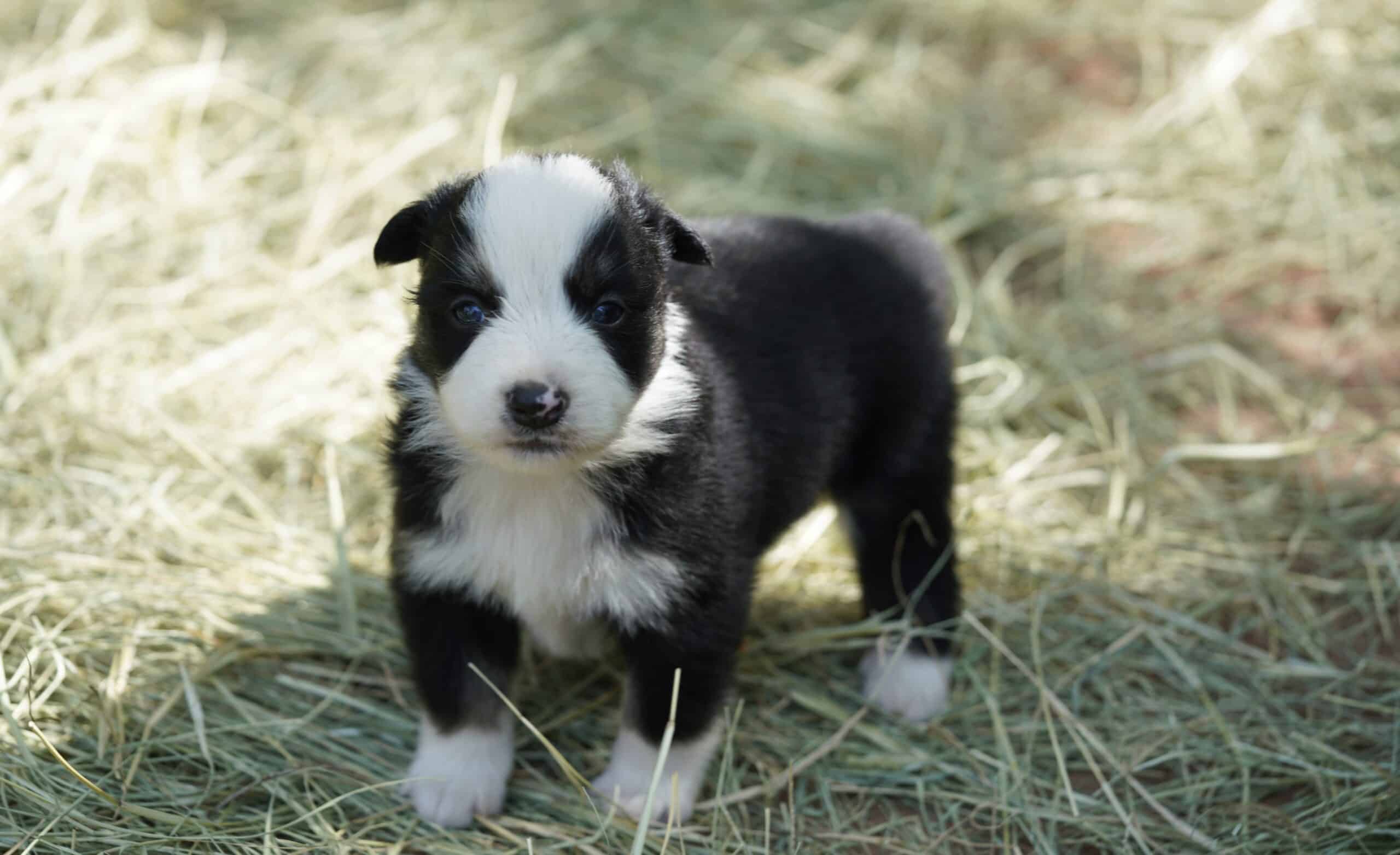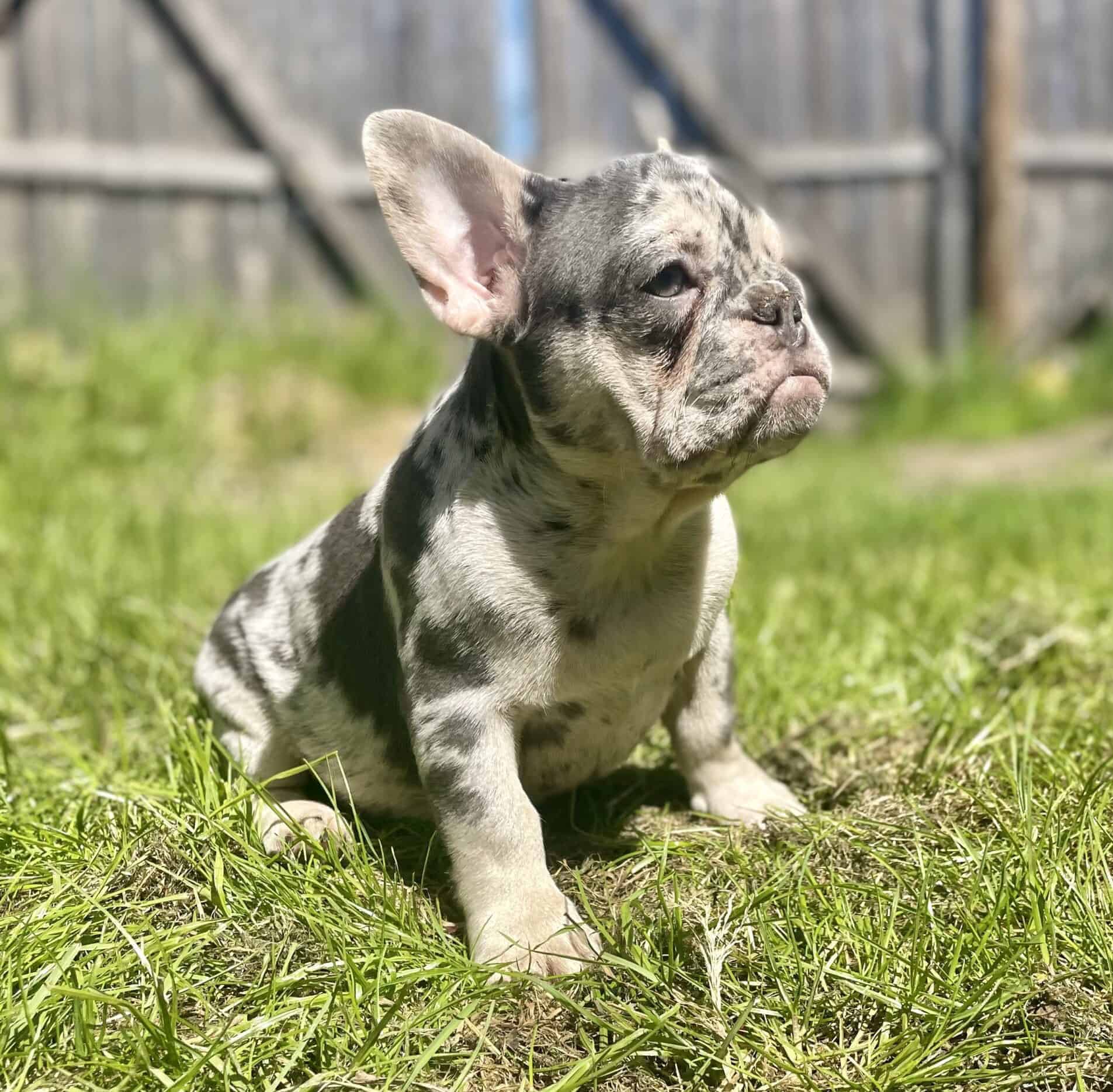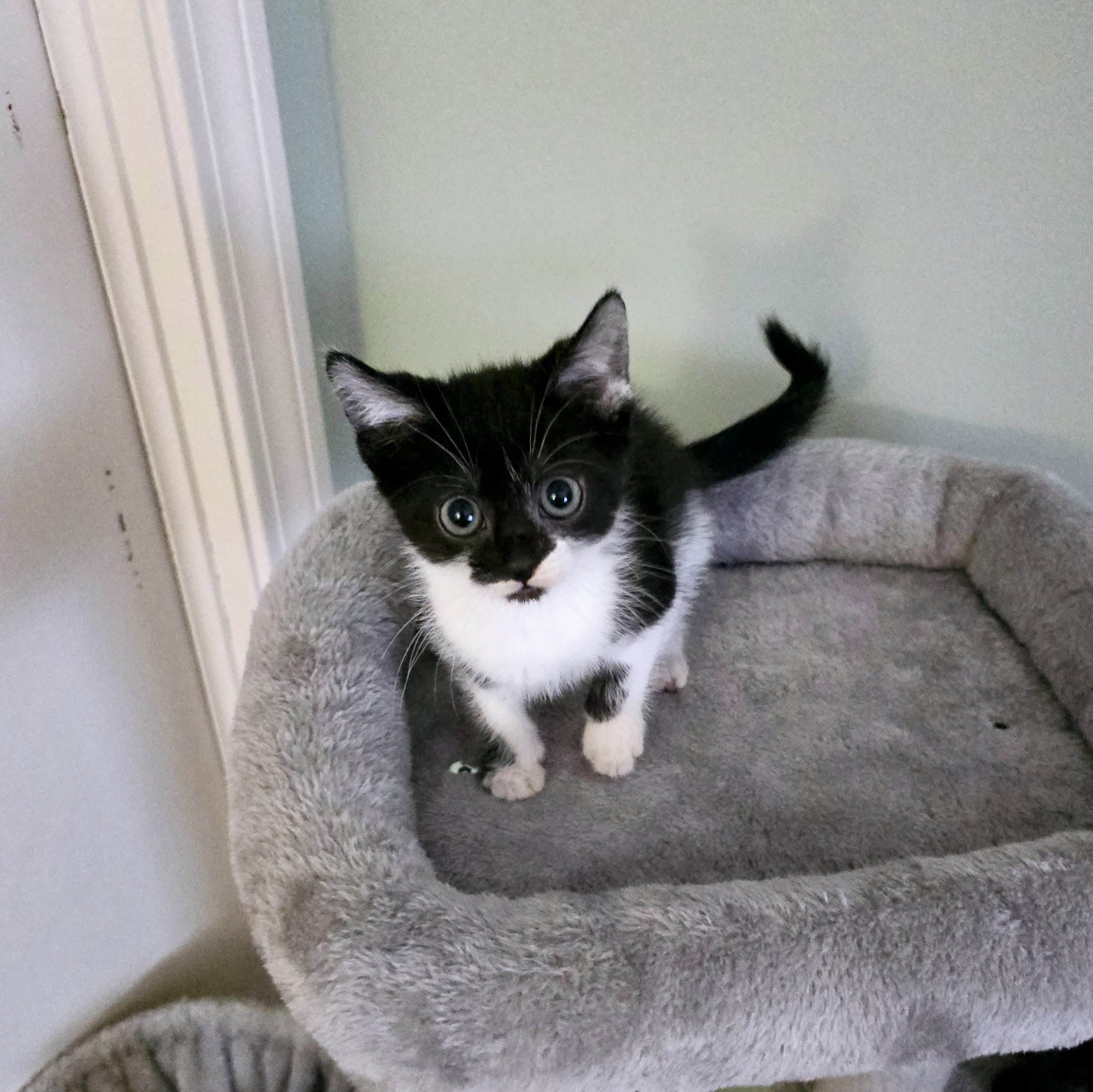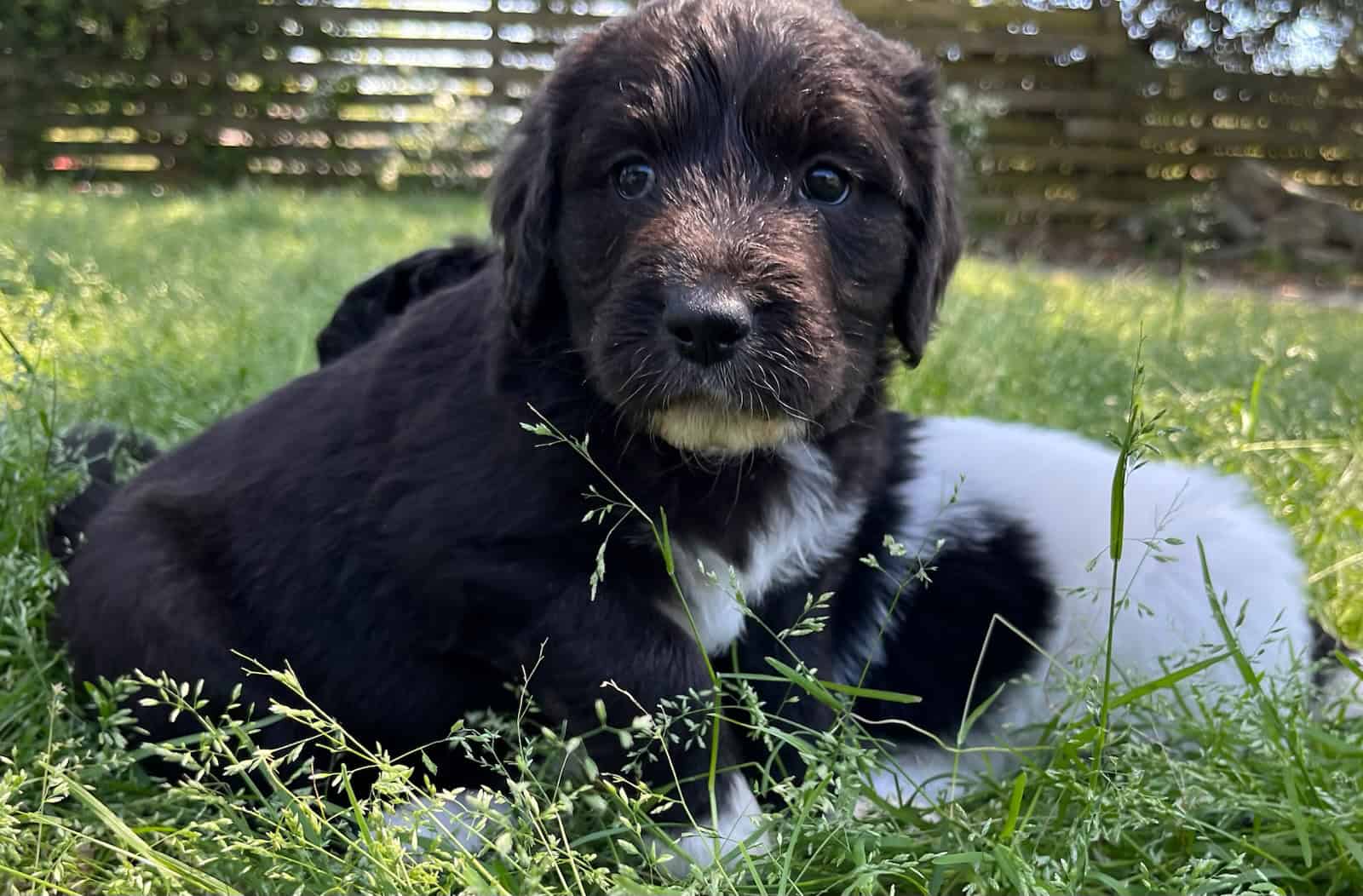Cautionary Tale of the One-of-a-Kind Scottish Fold Kittens For Sale
A Scottish Fold cat for sale is the epitome of cute and unique looks combined with a winning personality. Despite its inherent health challenges, Scottish Folds enjoy immense popularity in the US. If you want one of these cats, you will have an affectionate and engaged companion.
Overview of Scottish Fold Cat For Sale
History
Any Scottish Fold for sale can trace its ancestry to a cat named Susie. Susie was a white barn cat with folded ears caused by a mutation. William Ross discovered her in 1961 in Scotland and bred one of her grandsons to a British Shorthair to create the Scottish Fold. In 1971, when the breed arrived in America, American Shorthairs were also incorporated into the Scottish Fold program. The Scottish Fold’s enlistment into some major registries outside of the US, namely the Governing Council of the Cat Fancy of the UK, is impossible because of health concerns. It remains popular in America where it has had championship status with the Cat Fancier’s Association since 1978. Scottish Folds are all born with straight ears. In cats with the mutation, the ear will begin to fold when the kitten is three or four weeks old.
Appearance
A Scottish Fold should look round with an appearance that is distinct from the rather boxy working cat physique of the American Shorthair and the massive stockiness of the British Shorthair. The head, face, and whisker pads on the Scottish Fold are round as is the body. A Scottish Fold’s ears are flattened forward against the head enhancing the dome shape of the crown. Round eyes finish the cat’s owl-like appearance. The chin is firm while the profile is curved with no discernible stop. Scottish Fold cats have short necks and broad shoulders and backs. Their legs should be short and powerful in appearance while their tails are medium-long. This synopsis describes a show cat. Scottish Fold cats for sale have a large portion of individuals with large straight ears. Although these so-called Scottish Fold Straights cannot show, they are crucial for breeding as will be revealed later.
Coat
Scottish Folds can have one of two varieties of coat types. Both consist of dense underfur and soft guard hairs, resulting in plush fur. The more common type has short fur. There is also a long-haired type with medium or long fur that is generally even throughout the body. Long-haired cats may have short fur on their legs and faces. They must have toe tufts, a ruff (longer hair around the neck), ear furnishings, britches (upper backs of hind legs), and plumes (tail). Longhaired Scottish Folds are often called Couparis, Highland Folds, or Scottish Fold Longhairs.
Colors
Like many other cat breeds, a Scottish Fold’s eye color coordinates with its coat color.
- Chocolate – rich brown
- Black
- Blue
- White
- Red – brilliant color, some cats look orange
- Fawn (dilute chocolate) –
- Cinnamon – light reddish-brown
- Cream
- Lilac – frosty grey with lavender lowlights
- Shaded or chinchilla silver
- Shaded or chinchilla golden
- Shaded or shell (chinchilla) cameo – red in place of silver described above; dilute replaces red with cream
- Smoke – deep tipping of the named color such that the cat appears that color until it moves and reveals its white undercoat; blue, black, fawn, cream, cameo, tortoiseshell
- Tabby – mackerel, classic, patched (patches of blue or cream on a tabby cat), ticked
- Silver or blue-silver tabby – the former is silver with black markings, and the latter is bluish-silver with blue markings; also, chocolate-silver and lilac-silver tabbies
- Other tabby colors – red, brown, fawn, lilac, chocolate, cameo, cream
- Tortoiseshell – patched black and red; varieties include chocolate and cinnamon
- Calico – white with patches of red and black; a dilute calico has patches of blue and cream
- Bi-color – any color with white; e.g., black, tortoiseshell, chocolate, or red
Although owners often describe grey Scottish Fold cats, they are usually referring to a blue animal, which is the result of a dilution gene acting on black pigmentation. Scottish Fold cats usually have copper or gold eyes unless they are white or silver. Silver cats of all types have green or blue-green eyes. White cats can have blue or copper eyes. They can also have one blue eye and one copper or gold eye.
Personality
Scottish Folds are as unique in personality as they are in appearance. They are sweet-tempered and loving with quiet voices. Their meows are exceptionally varied with different chirps and mewls to get their message across. They are moderately active and pleasingly playful and friendly. Scottish Folds enjoy cuddling with their owners and exploring their environments. However, they usually remain content to stay inside their homes. Well-socialized Scottish Folds are tolerant of other cats and cat-friendly dogs. They also do well with children. Make sure any kids you expose to your pet know how to treat your cat with the requisite respect and gentleness.
Health
A Scottish Fold cat generally lives from 11 to 15 years. It suffers many of the same problems as the Shorthairs from which it derives.
Osteochondrodysplasia (Scottish Fold Arthritis)
The reason for the shape of a Scottish Fold’s ears is a genetic mutation that causes a defect in cartilage growth. Unfortunately, it affects bones and joints in parts of the body in addition to the ears. Scientists eventually figured out that the gene is partially dominant. This means that breeding a cat with two genes for the folded ear mutation with a straight-eared cat (heterozygous for the gene for normal ears) will produce a litter with both straight-eared and folded-ear kittens. On the other hand, fanciers found that if they bred two cats with folded ears together, the offspring were more likely to have severe cartilage and bone defects. The depressing part of the equation is that all Scottish Folds with creased ears have varying degrees of osteochondrodysplasia. The disease manifests as an abnormal growth of bone around joints affected by defective cartilage. It commonly affects the lower front legs and paws but can also affect the tail, back, and hind limbs. Scottish Fold kittens for sale can show signs of osteochondrodysplasia as early as six weeks old and may become crippled by the time they reach seven months of age. Some registries have regulations that specify all Scottish Fold cats must be outcrossed with the British or American Shorthair. The disease is painful and progressive if your cat becomes symptomatic. Some cats never show symptoms despite having evidence of the disease on their radiographs.
Scottish Fold Kittens for Sale Near Me
Finding an ethical breeder is crucial in your search for local Scottish Fold kittens for sale. Ask to see the parents as they can give you clues about your prospective kitten’s temperament. Search for sellers who diligently outcross their Scottish Folds. At the least, they should breed folded-eared to straight-eared cats. Choose breeders that keep their kittens until they are twelve to sixteen weeks old. When they spend more time with their littermates, kittens develop into more well-adjusted and adaptable cats than those that go to new homes too young. Like other kittens, you should look for those without any discharge from their eyes or nose or signs of diarrhea.
Care
Scottish Folds are generally low-maintenance cats. They love attention without being excessively clingy.
- Grooming – long-haired cats need you to brush them three times a week; short-haired cats require weekly brushing; expect moderate shedding; both coat types rarely need baths; clip nails every two weeks; check ears for excess dirt every few days
- Feeding – Scottish Fold cats need 175 to 275 calories daily depending on their weight, age, and activity levels; cats require a meat-based diet with a small amount of fat
- Exercise – your cat needs frequent short bouts of play and multiple periods of personal interaction with you; play and displays of affection provide mental stimulation
- Training – Scottish Folds enjoy learning tricks and are easy to train

